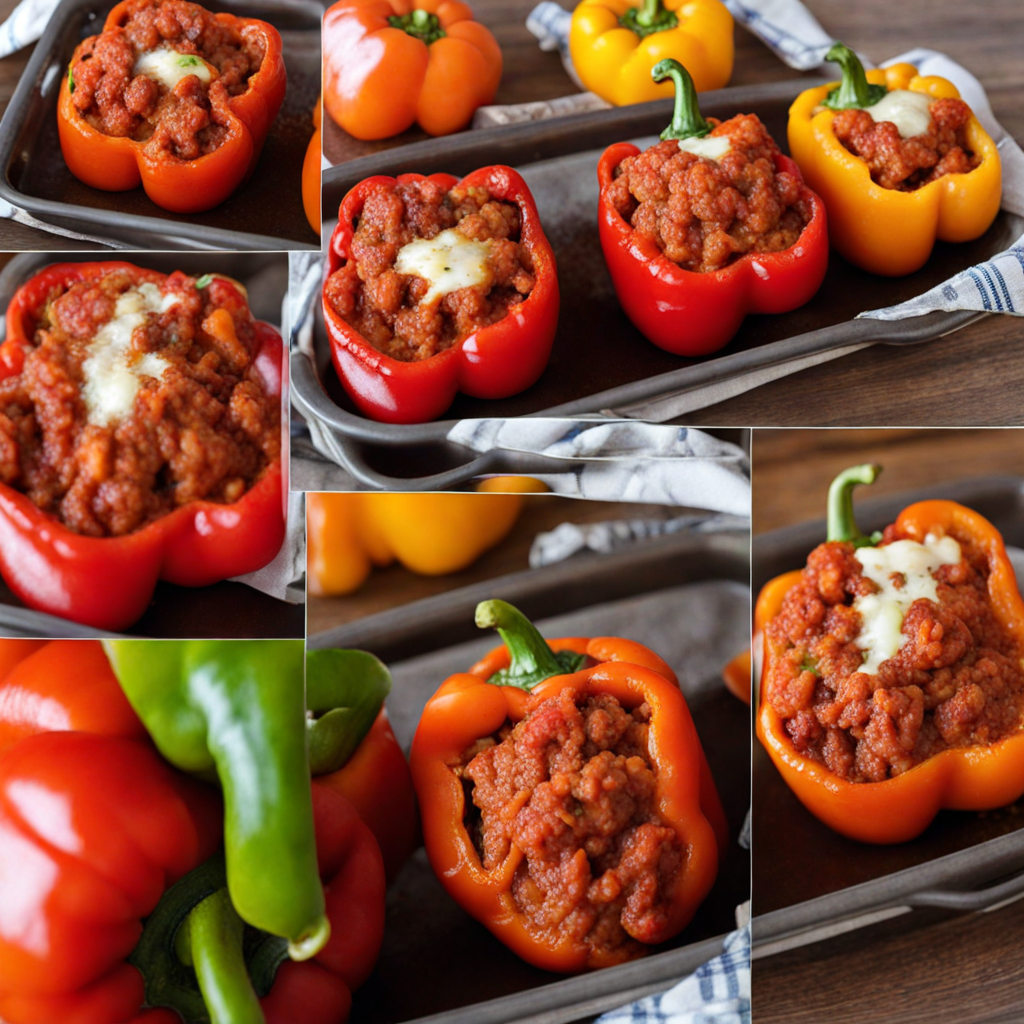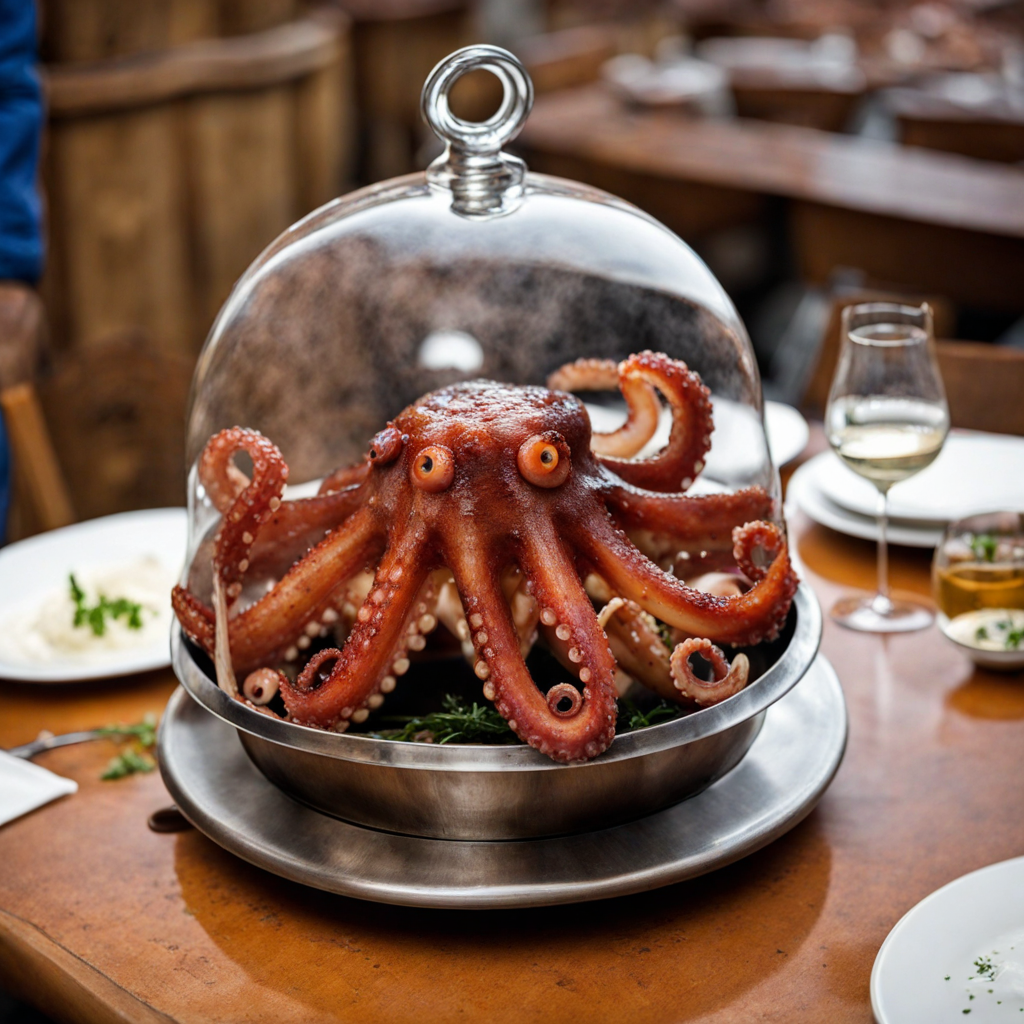Arancini
Arancini, a delightful culinary gem from Croatia, are a must-try for anyone looking to explore the rich flavors of Croatian cuisine. These golden, fried rice balls are typically filled with a variety of savory ingredients such as cheese, meat, or vegetables, and are often infused with aromatic herbs and spices. The outer layer is crispy and crunchy, providing a satisfying contrast to the tender and flavorful filling inside. Each bite offers a burst of taste that reflects the heart of Croatian cooking, making arancini a delightful snack or appetizer that can be enjoyed on any occasion. What sets Croatian arancini apart from their Italian counterparts is the unique local twist. Often made with risotto-style rice cooked in rich broths and enriched with local cheeses like sheep's milk cheese or creamy ricotta, these rice balls are then rolled in breadcrumbs before being deep-fried to a perfect golden brown. Some variations may include the addition of local ingredients such as smoked ham, wild mushrooms, or fresh herbs, lending an authentic Croatian flair to this beloved dish. The combination of textures and flavors makes each bite a small celebration of Croatian heritage. Served hot and fresh, arancini are frequently accompanied by a tangy dipping sauce or a dollop of sour cream, which enhances their flavor profile. Whether enjoyed at a bustling market, a family gathering, or a cozy restaurant, these scrumptious rice balls embody the warmth and hospitality of Croatian culture. For those on a culinary adventure, discovering arancini is not just about tasting food; it's about experiencing a piece of Croatia's vibrant culinary landscape.
How It Became This Dish
The Delicious Journey of Arancini: A Croatian Culinary Treasure #### Origins and Historical Context Arancini, the beloved fried rice balls filled with a variety of savory or sweet ingredients, are a culinary delight that has become emblematic of Croatian cuisine, particularly in the coastal regions. While the name "arancini" is commonly associated with Sicilian cuisine, its roots can be traced back to the broader Mediterranean tapestry of food history that spans centuries and cultures. The origins of arancini can be linked to the introduction of rice to Europe during the Middle Ages, when Arab traders brought the grain to the Iberian Peninsula and subsequently to Italy. By the 10th century, rice cultivation had spread to Sicily, where the fertile soil and favorable climate allowed for its flourishing. The dish itself is believed to have emerged in Sicily during the 19th century, with the earliest recipes calling for saffron risotto, which was then shaped into balls, breaded, and deep-fried. However, the Croatian variation of arancini has its own unique identity, influenced by the country’s diverse cultural heritage. Croatia, positioned at the crossroads of Central Europe, the Mediterranean, and the Balkans, has absorbed culinary influences from various peoples, including Italians, Austrians, and Hungarians. Consequently, arancini in Croatia are often made with local ingredients and flavors, reflecting the rich agricultural bounty of the coastal regions. #### Cultural Significance In Croatia, arancini is more than just a tasty snack; it is a symbol of community, celebration, and tradition. It is commonly prepared for festive occasions, family gatherings, and local celebrations, embodying the spirit of togetherness that is prevalent in Croatian culture. The preparation of arancini is often a communal activity, with family members coming together to cook and share stories, reinforcing familial bonds and cultural heritage. Arancini also plays a role in Croatian gastronomy as a bridge between different culinary traditions. While the dish is rooted in Italian influence, its adaptation in Croatia showcases the ability of food to transcend borders and evolve. Croatian arancini may include fillings such as local cheeses, meats, vegetables, and even seafood, highlighting the country’s diverse agricultural landscape and maritime heritage. This adaptability has allowed arancini to resonate with both locals and tourists, making it a must-try dish when visiting Croatia. #### Ingredients and Preparation The preparation of Croatian arancini can vary widely, showcasing regional ingredients and preferences. The base is typically made from cooked rice, often flavored with spices or herbs. The rice is then combined with a filling, which can range from rich meat sauces, creamy cheeses, and sautéed vegetables to more adventurous combinations such as seafood or even fruits for a sweet variant. To prepare arancini, the rice is first cooked and allowed to cool before being molded into balls. The filling is placed in the center, and then the rice is shaped around it to encase the filling completely. The balls are then coated in breadcrumbs and deep-fried until golden brown and crispy. The end result is a delightful contrast of textures, with the crispy exterior giving way to a flavorful, tender interior. The use of local ingredients is particularly important in Croatian arancini. Coastal regions may favor seafood fillings, while inland areas might incorporate rich meats or locally sourced vegetables. Additionally, the culinary practice of using leftover risotto to create arancini reflects a sustainable approach to cooking, minimizing waste and maximizing flavor. #### Evolution Over Time As with many traditional dishes, arancini has evolved over time, adapting to changing tastes and influences. In Croatia, the fusion of international flavors with traditional recipes has led to innovative interpretations of arancini. Chefs and home cooks alike experiment with new fillings, cooking techniques, and presentations, breathing fresh life into this beloved dish. In recent years, the rise of the farm-to-table movement and a renewed interest in local and sustainable cooking have further influenced the evolution of arancini. Many Croatian chefs are now focusing on using organic, locally-sourced ingredients, which not only enhances the flavor of the dish but also supports local farmers and promotes sustainable practices. Moreover, the globalization of food culture has introduced Croatian arancini to a wider audience. As Croatian cuisine gains recognition on the international stage, arancini has found its way into gourmet restaurants and culinary festivals around the world. This exposure has led to a growing appreciation for the dish, inspiring culinary enthusiasts to explore its rich history and cultural significance. #### Conclusion Arancini is a dish that encapsulates the essence of Croatian cuisine: a vibrant tapestry of flavors, traditions, and shared experiences. From its origins in Sicily to its adaptation in Croatia, arancini embodies the beauty of cultural exchange and evolution. It serves as a delicious reminder of the importance of community and tradition in culinary practices, inviting people to come together, share stories, and savor the rich flavors of the Mediterranean. As we continue to explore the intersections of food and culture, arancini stands as a testament to the enduring legacy of culinary traditions. Whether enjoyed at a family gathering, a local festival, or a fine dining experience, arancini remains a beloved dish that captures the heart and palate of those who encounter it. Its journey from humble origins to a cherished Croatian delicacy showcases the power of food to unite people across time and space, celebrating diversity while honoring tradition.
You may like
Discover local flavors from Croatia







